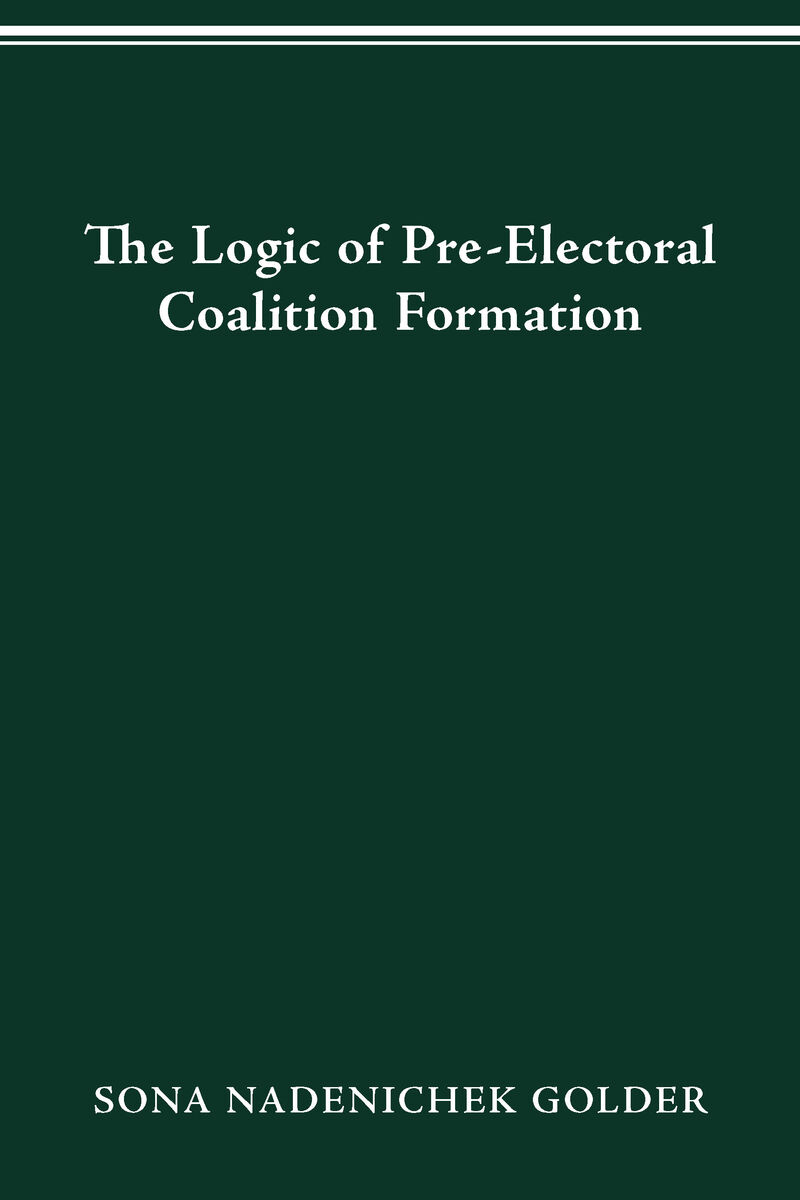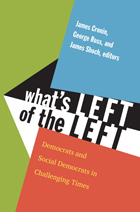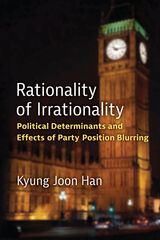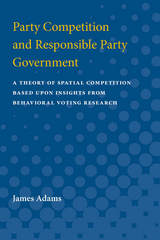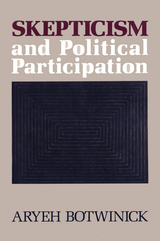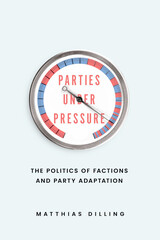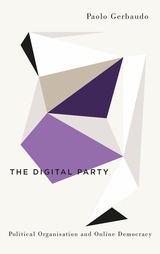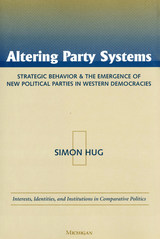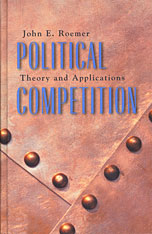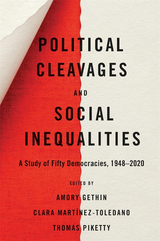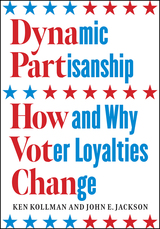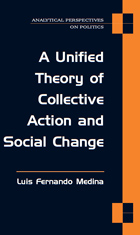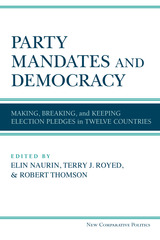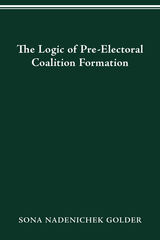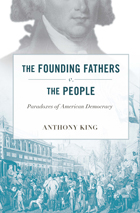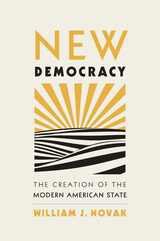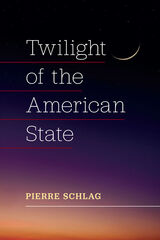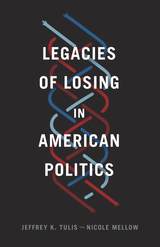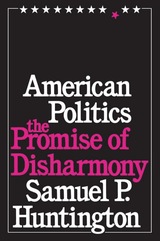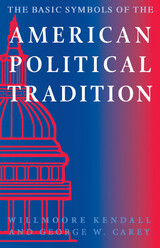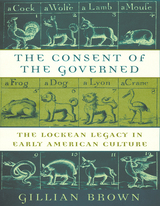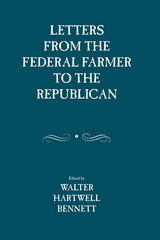LOGIC OF PREELECTORAL COALITION FORMATION
The Ohio State University Press, 2006
eISBN: 978-0-8142-7877-2 | Paper: 978-0-8142-5721-0 | Cloth: 978-0-8142-1029-1
Library of Congress Classification JF2112.E44G65 2006
Dewey Decimal Classification 324.21
eISBN: 978-0-8142-7877-2 | Paper: 978-0-8142-5721-0 | Cloth: 978-0-8142-1029-1
Library of Congress Classification JF2112.E44G65 2006
Dewey Decimal Classification 324.21
ABOUT THIS BOOK | AUTHOR BIOGRAPHY | REVIEWS | TOC
ABOUT THIS BOOK
Why do some parties coordinate their electoral strategies as part of a pre-electoral coalition, while others choose to compete independently at election time? Scholars have long ignored pre-electoral coalitions in favor of focusing on the government coalitions that form after parliamentary elections. Yet electoral coalitions are common, they affect electoral outcomes, and they have important implications for democratic policy-making itself.
The Logic of Pre-Electoral Coalition Formation by Sona Nadenichek Golder includes a combination of methodological approaches (game theoretic, statistical, and historical) to explain why pre-electoral coalitions form in some instances but not in others. The results indicate that pre-electoral coalitions are more likely to form between ideologically compatible parties. They are also more likely to form when the expected coalition size is large (but not too large) and when the potential coalition partners are similar in size. Ideologically polarized party systems and disproportional electoral rules in combination also increase the likelihood of electoral coalition formation.
Golder links the analysis of pre-electoral coalition formation to the larger government coalition literature by showing that pre-electoral agreements increase (a) the likelihood that a party will enter government, (b) the ideological compatibility of governments, and (c) the speed with which governments take office. In addition, pre-electoral coalitions provide an opportunity for combining the best elements of the majoritarian vision of democracy with the best elements of the proportional vision of democracy.
The Logic of Pre-Electoral Coalition Formation by Sona Nadenichek Golder includes a combination of methodological approaches (game theoretic, statistical, and historical) to explain why pre-electoral coalitions form in some instances but not in others. The results indicate that pre-electoral coalitions are more likely to form between ideologically compatible parties. They are also more likely to form when the expected coalition size is large (but not too large) and when the potential coalition partners are similar in size. Ideologically polarized party systems and disproportional electoral rules in combination also increase the likelihood of electoral coalition formation.
Golder links the analysis of pre-electoral coalition formation to the larger government coalition literature by showing that pre-electoral agreements increase (a) the likelihood that a party will enter government, (b) the ideological compatibility of governments, and (c) the speed with which governments take office. In addition, pre-electoral coalitions provide an opportunity for combining the best elements of the majoritarian vision of democracy with the best elements of the proportional vision of democracy.
See other books on: American Government | Legislative Branch | Political Science
See other titles from The Ohio State University Press
